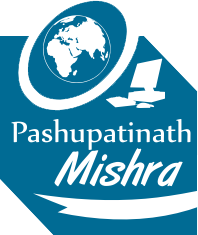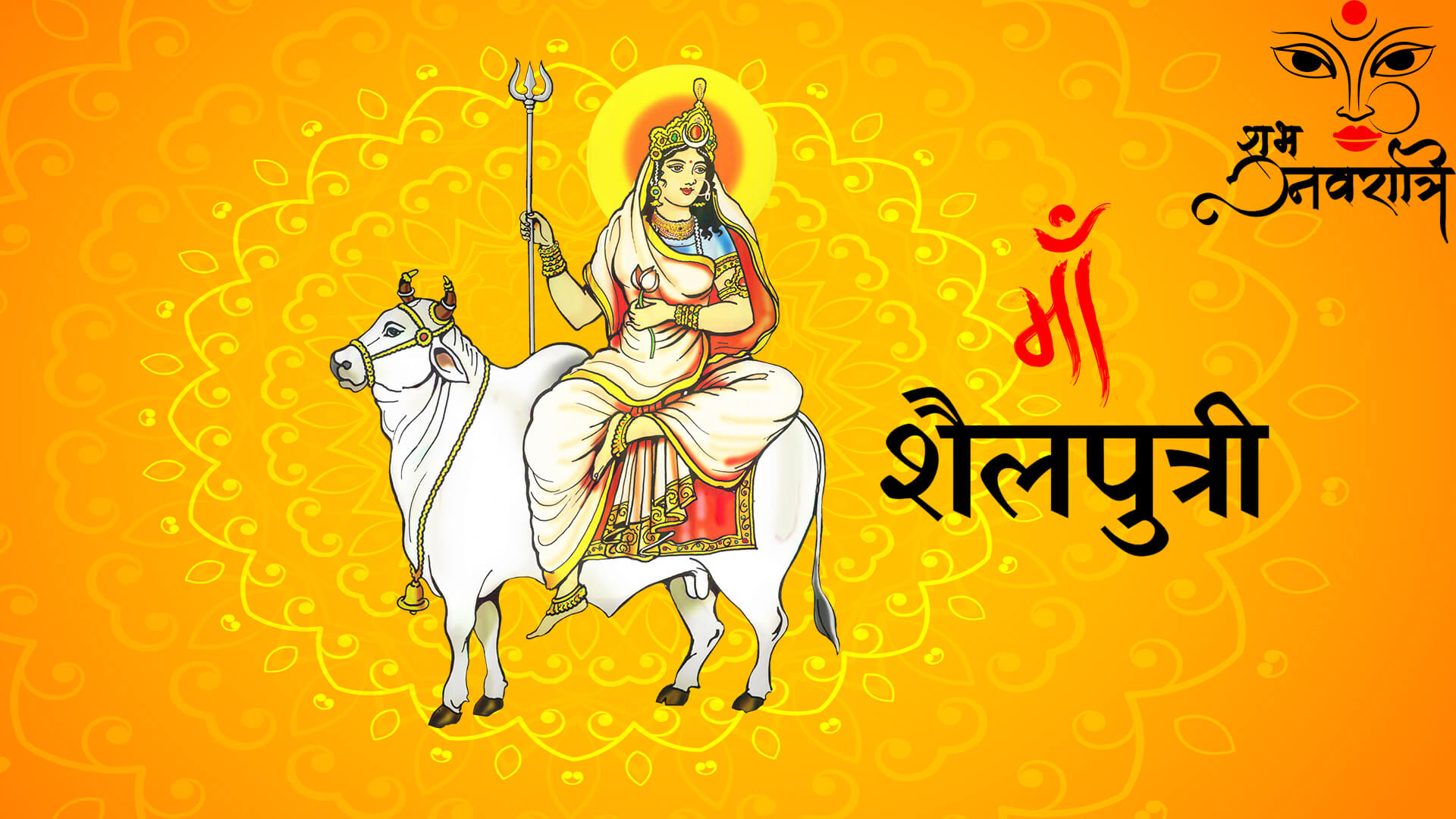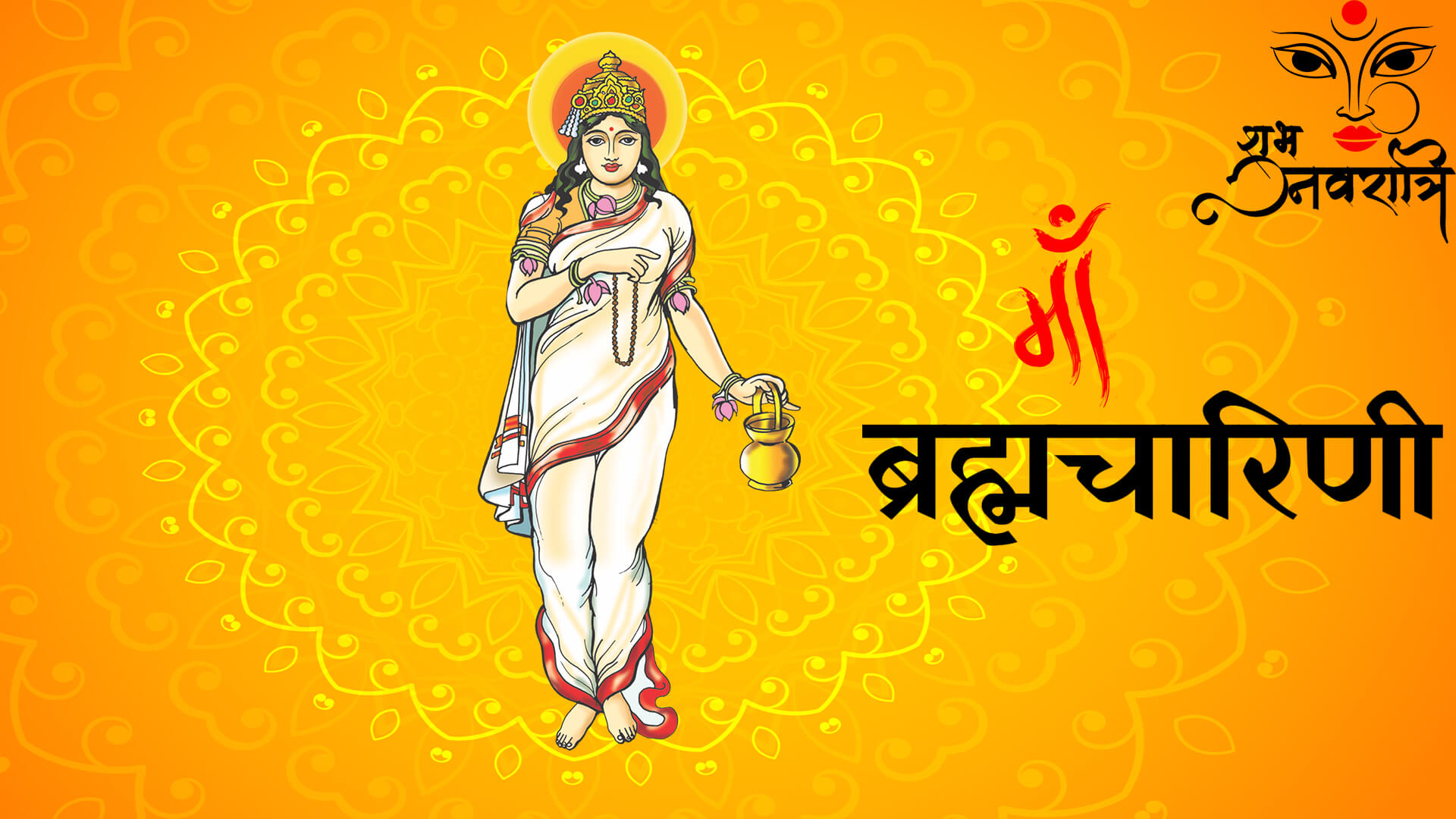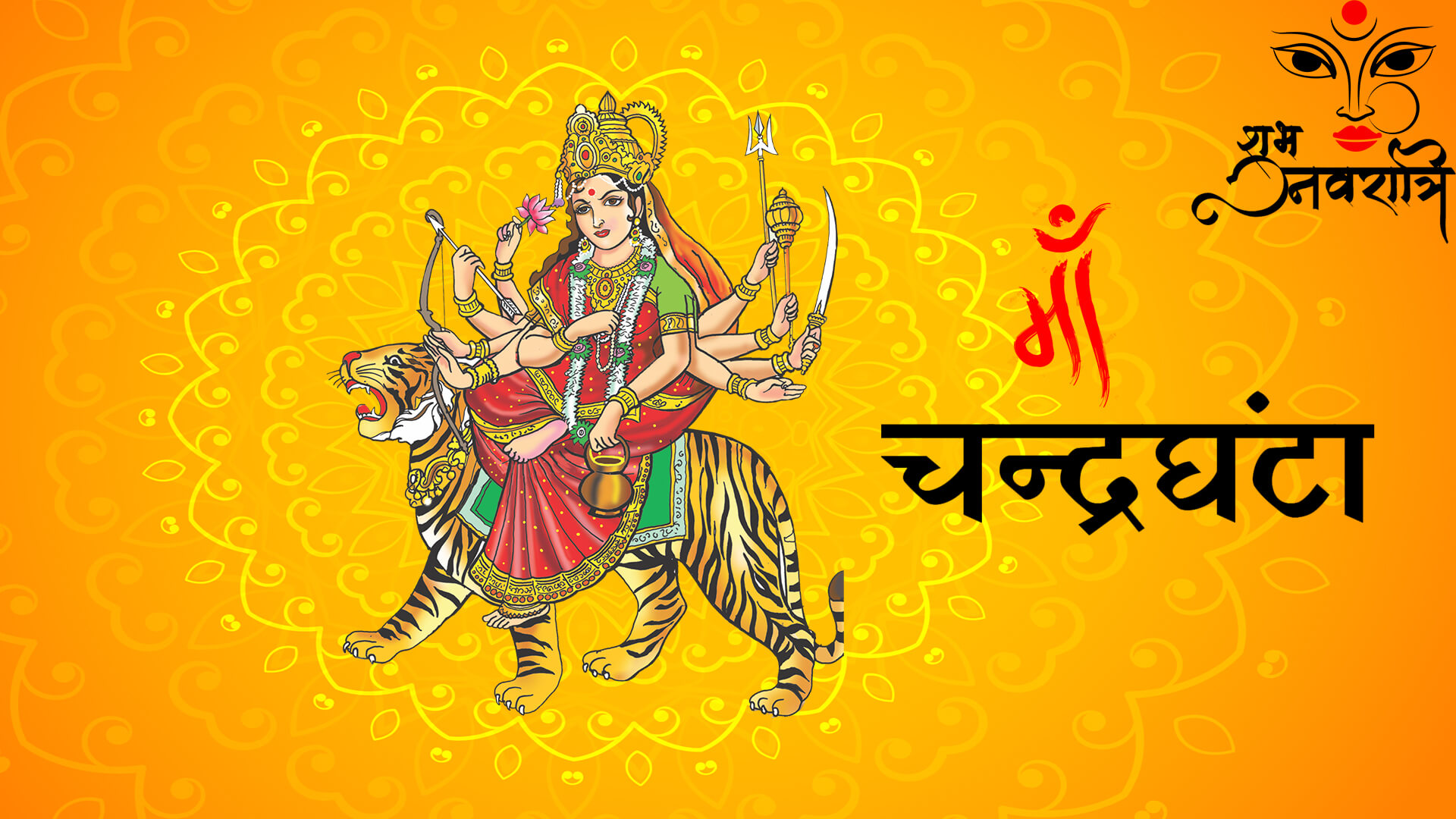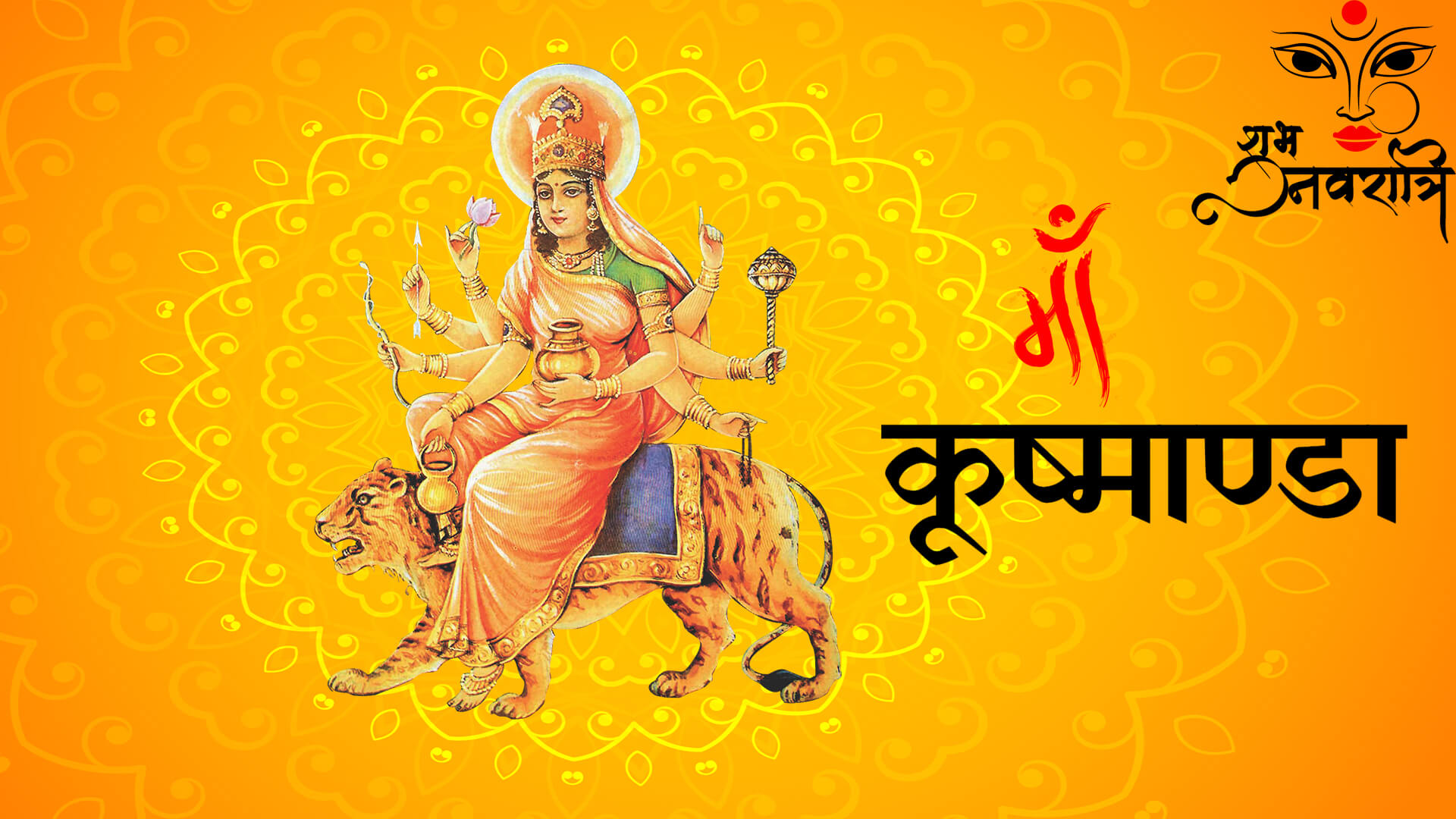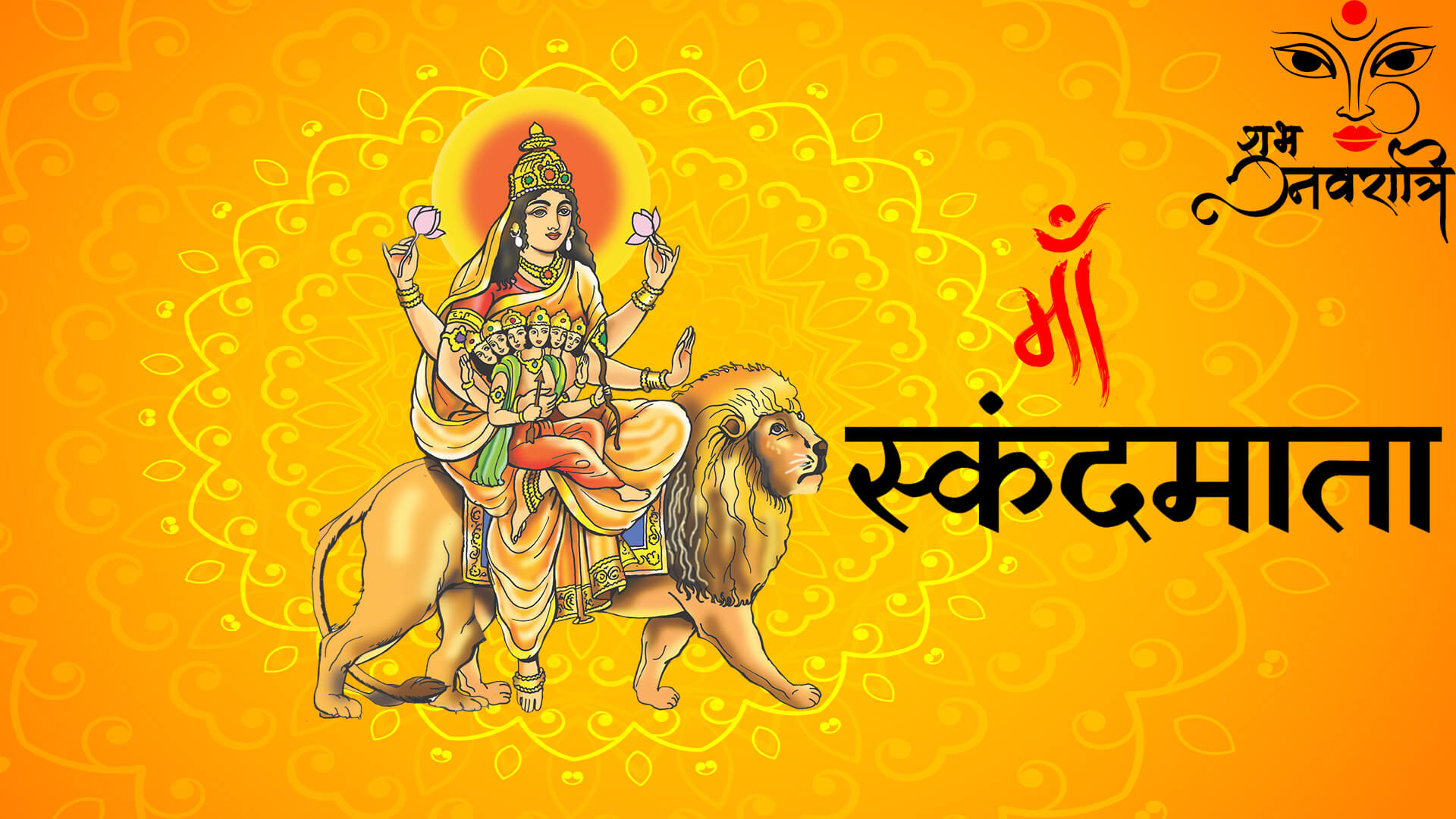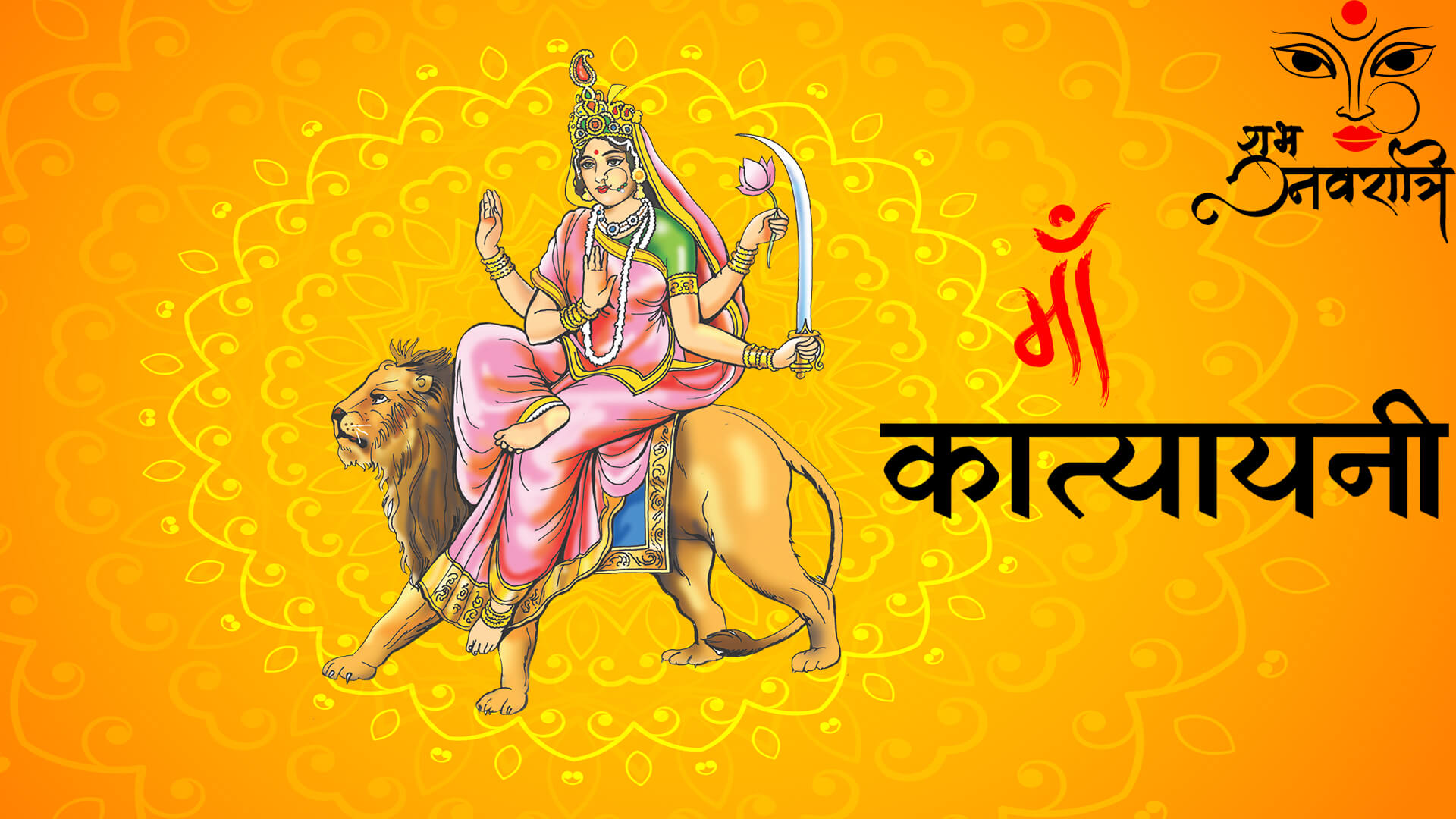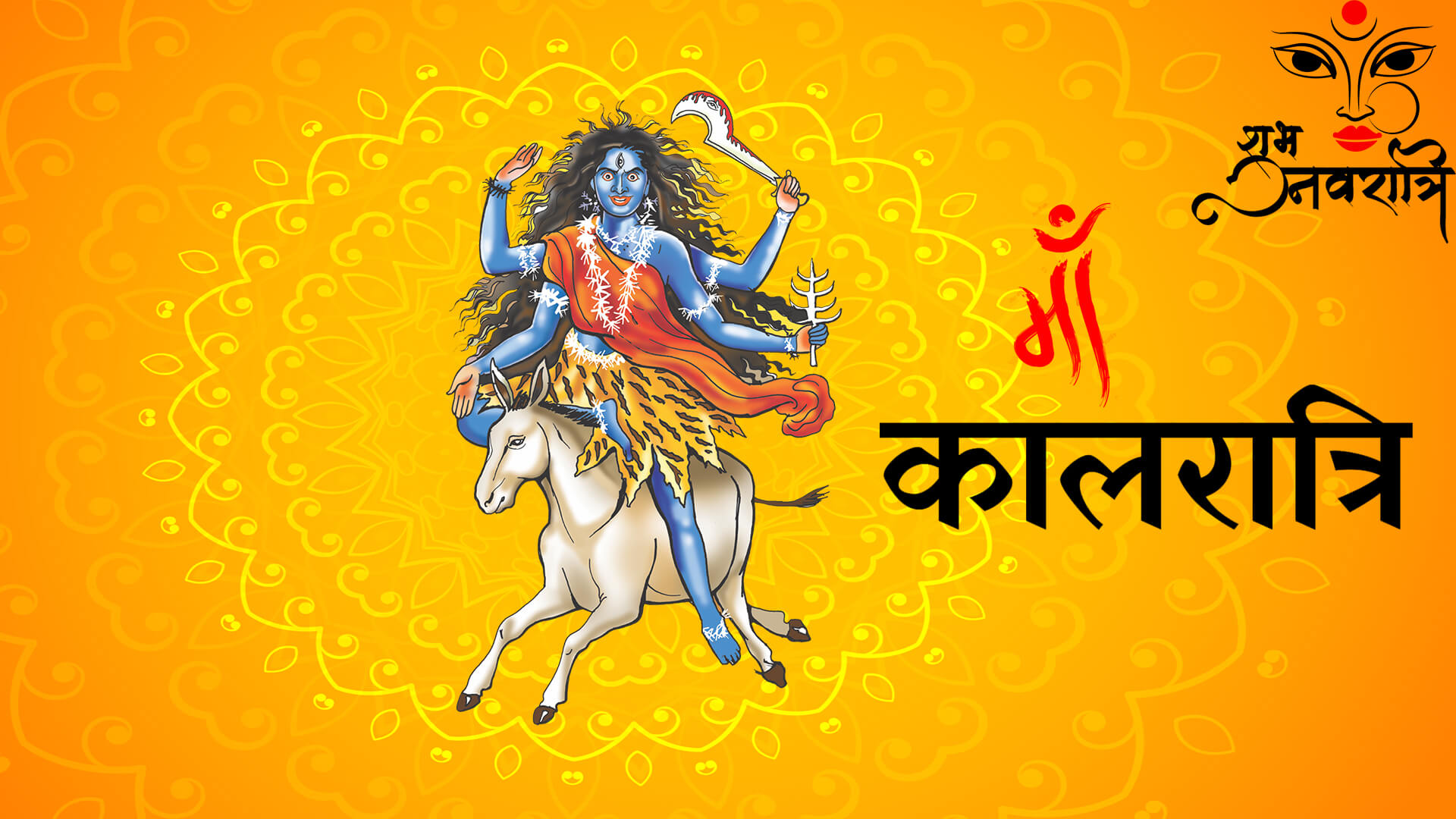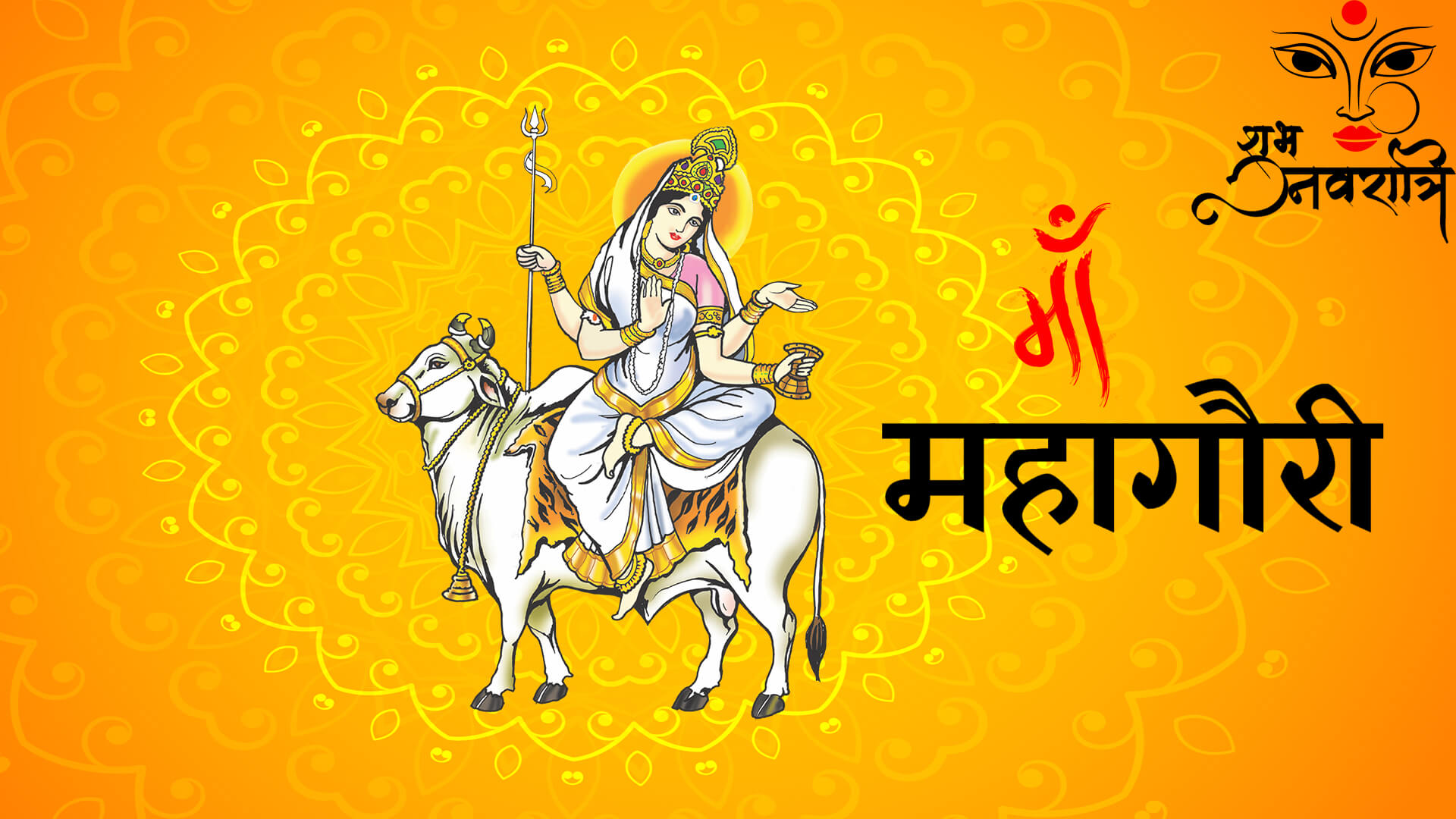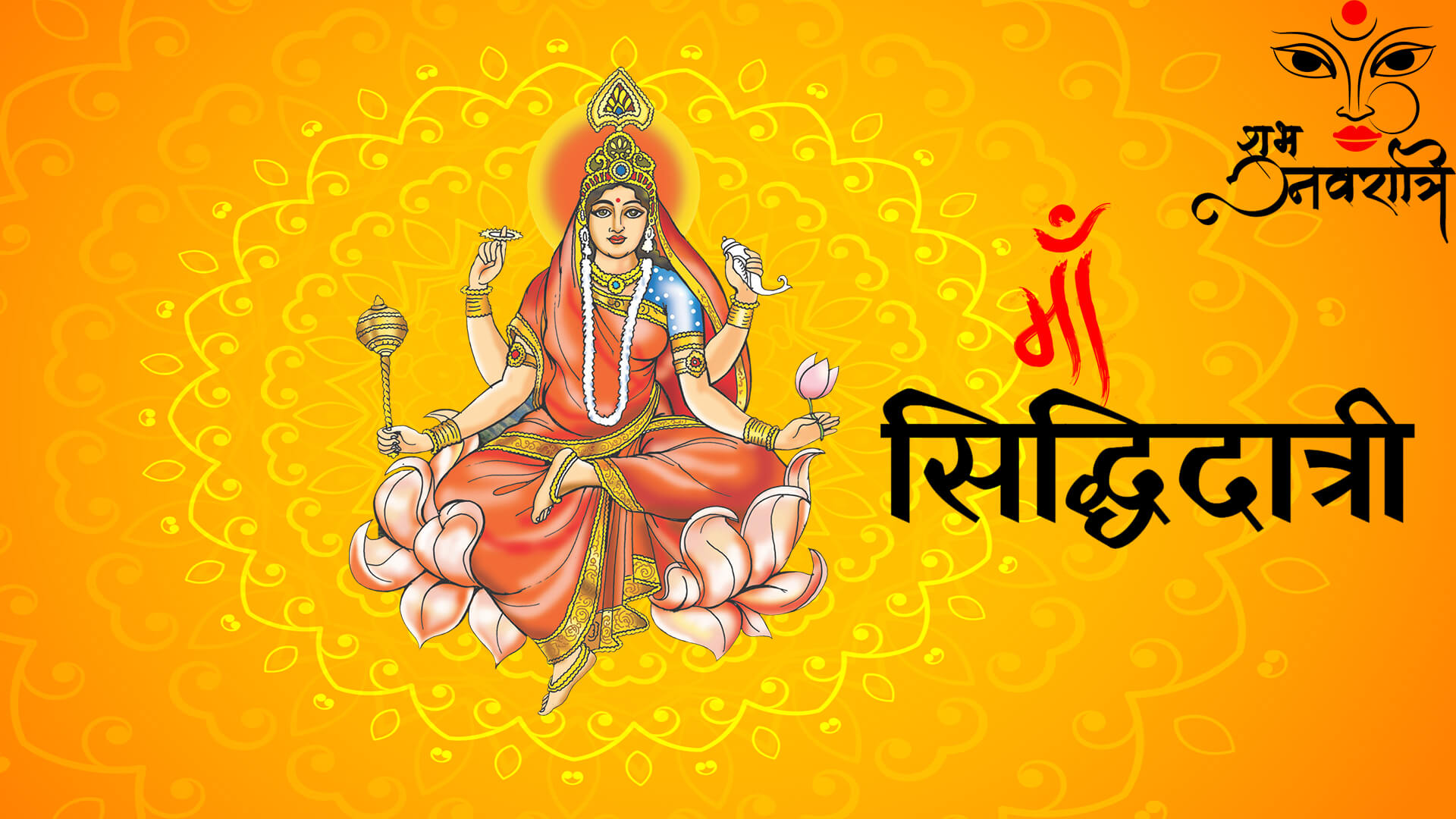Navaratri is a Vedic Hindu festival that lasts for nine nights and ten days. In fact, there are three types of Navratri. Sharad Navratri, Chaitra Navratri, Gupt Navratri. At the beginning of the summer, People in India celebrate these Chaitra Navratri every year. Various parts of India celebrate this festival in a different manner due to different reasons. Sharad Navratri has celebrated during post-monsoon autumn. People Celebrate this festival to show the honor of the divine feminine Devi Maa Durga. We celebrate the Sharad Navratra during the waxing crescent (bright half) of the Hindu calendar month Ashvin.
The Mother Goddess or the Serene Consciousness directs herself in all of the forms and accepts all the names. Celebrating Navaratri is the recognition of the nine forms of Maa Durga and the divine power within every name. The nine days of unlimited joy and joyous celebrations coincide with celebrating the festival of Dussehra, symbolizing the victory of good over evil. We are celebrating this Navratri festival for nine consecutive nights. The Navdurga are the core of this festival. Each day of this festival is dedicated to different forms of Maa Durga.
या देवी सर्वभूतेषु शक्ति रूपेण संस्थिता ।
नमस्तस्यै नमस्तस्यै नमस्तस्यै नमो नम: । ।
Devi Sukta
What is the history behind Navratri?
According to the Hindu tradition, Once upon a time, there was a devil called the Mahishasur. Lord Brahma allows this devil with eternity as the outcome of his rigorous worship. There was a small condition with this blessing. The condition was that he could only be defeated by a female. Reckoning, No lady could kill him, he startled, causing bouleversement in three realms Earth, Heaven, and Hell. In order to stop him from wreaking annihilation. Lord Brahma, Lord Vishnu, and Lord Shiva conjugated their powers and created Goddess Durga.
A 15- day lengthy fight clashed between Goddess Durga and Mahishasur. During these days, Mahishasur kept altering his shape and form to baffle the Goddess. The day he assumed the shape of a buffalo, Goddess slew him with her Trishul.
Nine Forms: worshipped during Navratri.
प्रथमं शैलपुत्री च द्वितीयं ब्रह्मचारिणी।
तृतीयं चन्द्रघण्टेति कूष्माण्डेति चतुर्थकम् ।।
पंचमं स्कन्दमातेति षष्ठं कात्यायनीति च।
सप्तमं कालरात्रीति महागौरीति चाष्टमम् ।।
देवी कवचम्
Navdurga : Nine Form of Maa Durga
All the nine forms of Maa Durga Devi define nine diverse qualities. Shakti means energy, and Devi Shakti is the primal root of unseen energy that maintains and sustains this creation. Navratri celebrates and honors the nine different aspects of Mother Divine, also comprehended as Nav Durga.
Shailputri (माँ शैलपुत्री)
The first form of Navdurga is Shailpurtri. After the self-sacrifice of Goddess Sati, Goddess Parvati took birth as the daughter of Mountains Lord Himalaya.
In Sanskrit, Shail is defined as the mountain, and Putri means daughter. Therefore, Shailputri means the daughter of the mountain.
This is just a basic understanding. It is considered the highest peak of consciousness in the path of yoga.
Brahmcharini (माँ ब्रह्मचारिणी)
The second form of Navdurga is Brahmcharini. Goddess Brahmcharini is considered the Mother of devotion and penance. This second avatar of Goddess Durga is worshipped to attain moksha.
Godness Brahmcharini means which has no end, neither a start nor an ending; which is omnipresent and beyond which there is nothing; It is the ultimate and all-pervading.
Chandraghanta (माँ चन्द्रघंटा)
The third form of Navdurga is Chandraghanta. When Goddess Parvati got married, this form of Goddess was created. Chandra means Moon (Mind), and Ghanta means Bell. When we use the mind as a bell focused on something, we can achieve a lot.
Goddess Chandraghanta is worshipped for peace, serenity, and fortune in life.
Kushmanda (माँ कूष्माण्डा)
The fourth form of the Maa Durga is known as Kushmanda. It originated from a Sanskrit word that means ‘pumpkin.’
After taking the form of Siddhidatri, Goddess Parvati began to live inside the epicenter of the Sun so that she could liberate energy to the universe. Since that happened Goddess has been known as Kushmanda.
Goddess Kushmanda is believed as the originator of the Universe.
Skandmata (माँ स्कंदमाता)
The fifth form of the Maa Durga is Skandamata. This form represents the susceptibility of a mother who can fight anyone when the necessity emerges.
This name was given when Goddess became the mother of Lord Skanda (also known as Lord Kartikeya).
Skandamata is that form of the Deity that brings practical insight and action together.
Katyayani (माँ कात्यायनी)
The sixth form of the Maa Durga is Katyayani. Goddess Katyayani is worshipped for she was born to the great sage, Kata, and represents courageousness.
It was the most forceful form of Goddess Parvati. In this form, Goddess Parvati is again comprehended as Warrior Goddess. and using this form, Mother divine killed the demon Mahishashur.
Kalratri (माँ कालरात्रि)
The seventh form of the Maa Durga is called Kalratri. Goddess Parvati sacked her outer golden skin to kill demons anointed as Shumbha and Nishumbha; she was known as Goddess Kalaratri. Goddess Kal Ratri is the most aggressive form of Goddess Durga. There can be no form scarier than this in the entire Creation, but actually, this fearsome form has a maternal aspect to it.
The Kaalratri form of the Mother Divine is said to bestow Jnana (knowledge) and Vairagya (dispassion).
Mahagauri (माँ महागौरी)
The eighth form of the Maa Durga is called Mahagauri. Goddess Maha Gauri who lends describes intelligence, tranquility, prosperity, and peacefulness.
The Goddess Shailputri, at the age of sixteen, was incredibly gorgeous and was endowed with a fair complexion. Due to her exceptionally fair complexion, she was known as Mahagauri.
Siddhidhatri (माँ सिद्धिदात्री)
Siddhidhatri is the ninth form of Maa Durga. Maa Siddhidhatri has ethereal restorative powers.
At the commencement of the universe, Lord Rudra worshipped Adi-Parashakti for creation. There is no form of the Godness Adi-Prashakti. The ultimate Goddess of Power, Adi-Parashakti, emerged in the form of Siddhidatri from the left half of Lord Shiva.
